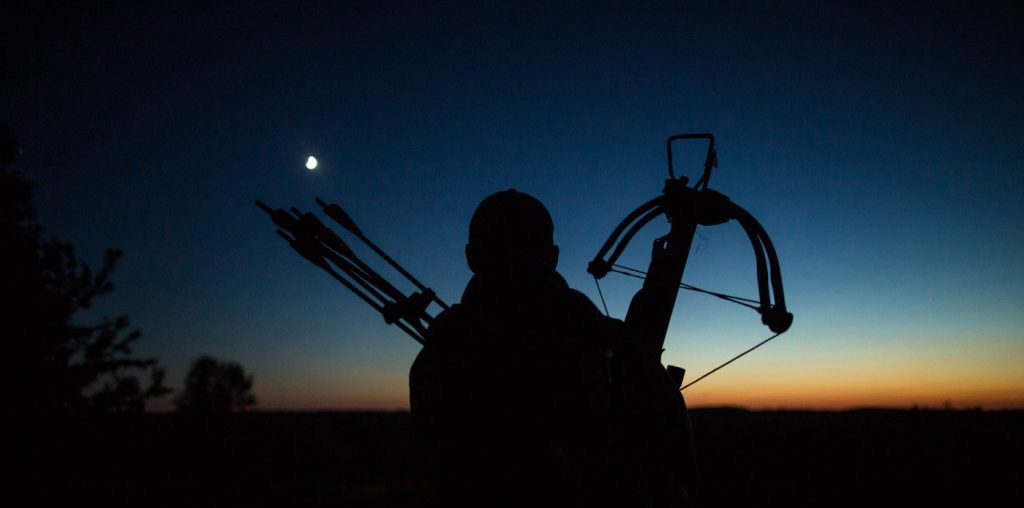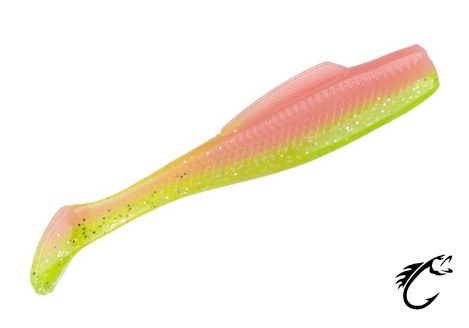For the people who are interested in hunting, a crossbow can be a good weapon for beginners. A crossbow is a kind of ranged weapon that uses elastic to launch a missile, in this case, a projectile that can hit your target and kill it. Just like all the other kinds of hunting weapons, a crossbow can be accurate and suitable for hunting. It can be fun using this hunting weapon for people who are just beginning to engage in this activity. You can learn more here by reading along. In this article, we shall discuss some things beginners need to know about the use of crossbows and how to choose the accompanying projectiles for a better hunting experience.

Here are some of the hunting tips you need to know when using a crossbow as a beginner:
Crossbow Configurations
The fact that many companies manufacture crossbows means that you may be confused about what to choose. However, with some basic knowledge of some features of crossbows, you would be better off. Crossbows come with a stock and a bow. These fit together to form the whole weapon, the crossbow. The difference in many types of crossbows is in the style of a bow that will be attached to the stock. In this regard, there are three designs, which are the Reverse Draw, the Compound, and the Recurve.
Consider crossbow draw weights
This is a very important factor that one should consider when buying a crossbow as a beginner. This refers to the number of pounds it will take you to draw back the string into the cocked position. This ranges from 90 to 260 lbs and should play a very important role in the speed of the arrow after it has been released from the crossbow. With this feature, one needs to consider their strength and know the amount of poundage they can comfortably draw back on the crossbow.
The limb configuration and the length of the power stroke are other factors that can determine the speed of the arrow. If your draw weight is great, your bow becomes more unforgiving. As such, your shooting errors will be many. You will also increase the wear and tear of the components of the bow.
Know the crossbow arrow speeds
The crossbow arrow speed is a very important aspect that can help beginners become better hunters. Modern crossbows come with arrow speeds that range from 265 to 400 fps. You see, the faster the arrow speed, the further and the flatter you can shoot it. With this in mind, you should be able to take the big game with ease. However, it is good to note that bowhunting requires one to be as close to their target animal as possible. Regardless of the arrow speeds of your crossbow, you may not always achieve your goal. Archery is not a long-range sport and one needs to know this while they buy a suitable crossbow. This way, you will not be disappointed. And in any case, as a beginner, you should develop your skills by using the basic crossbow before you can buy the more powerful weapons.
What are the benefits of crossbow hunting?
This is one thing you need to know as a beginner so that as you engage in this activity, you can be encouraged at the same time. There is a wide range of benefits that come with crossbow hunting. These are:Crossbow hunting is good for wildlife management. One good thing with crossbow hunting is that it encourages wildlife population control and management. For the areas that are overpopulated with animals, such as game parks, game reserves, and even forests, crossbow hunting will help in controlling the population of the animals. Consequently, there will be a healthy growth of the wildlife population.
Good for recreation purposes. This is a good recreational activity that beginners in hunting can engage in. You can utilize your free time in this adventure and help relax your mind as you try to look for targets and hit them. It is also a good chance for you to socialize with other people who engage in the same activity. You will get to learn from each other. This is a good way to grow your hunting skills and hunting engagements.
In conclusion, one must be aware of the rules and regulations of hunting in their countries, States or Counties. Regardless of the fun and the adventure that comes with crossbow hunting, you could easily get yourself into jail if you do not follow the regulations laid down in your country. You need to know all there is to know about hunting certain animals in a particular jurisdiction. This way, you should enjoy your crossbow-hunting expeditions as a beginner.









